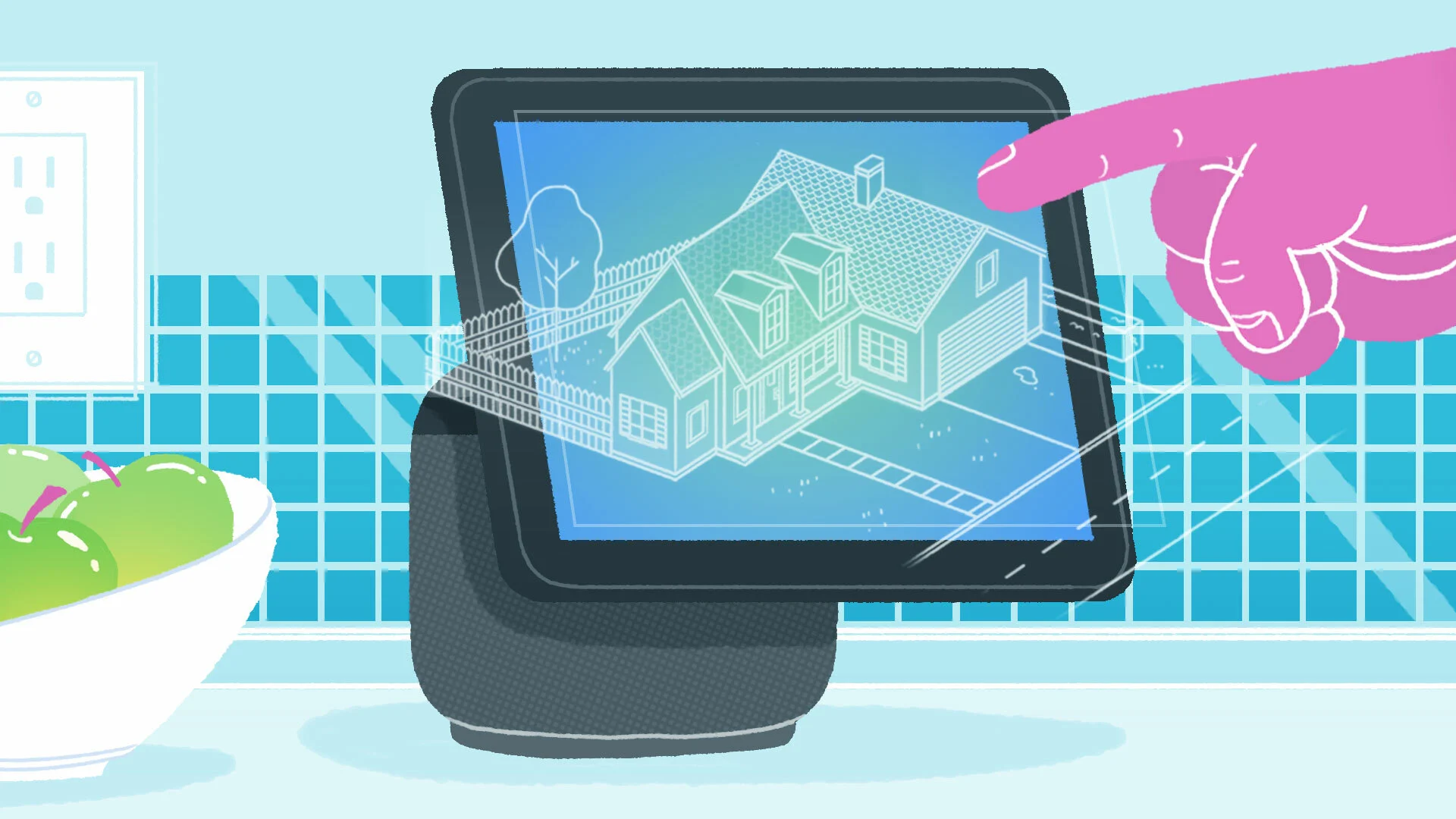In the modern understanding of an ordinary person, home automation or a “smart home” system is a high-tech complex, with a huge number of all kinds of wires for various types of signals, and dozens of pieces of specialized equipment. Many also think that it is very important to plan ahead for repairs to fully integrate them into walls, ceilings, low currents, and electrical panels. By and large, this view is correct, but the methods of designing and implementing such a smart home have already completely changed.
Today’s smart technology market offers a lot of all kinds of new products that work on various open and closed protocols. A very recent development is the Z-wave wireless protocol, slightly outperforming well-established wired solutions, and in some cases far outperforming, thanks to a simplified process and short integration time into any residential or commercial space while maintaining powerful functionality. It is also possible to get automation without the use of smart home systems when you can simply buy actuator and use it for your unique automation ideas.
So using electric linear actuators, you will get:
- affordable prices,
- multifunctionality,
- practicality,
- availability,
- Originality,
- Unique ideas application,
- quality.
A lot depends on your preferences, home space, creativity, and personal demands. If you are not interested in any DIY projects but want to see the difference with automation, there is a variety of already automated items like smart standing desks, automated beds, TV lifts, etc. If your budget allows, learn more about contemporary smart home systems and friend the best option for your abode.
What If You Decide to Install a Smart Home System?
After purchasing a Smart Home, all you need to do is install the main processor in a convenient place with a connection to a home router or Wi-Fi network with Internet access, place or fix wireless devices in the right rooms, and start setting up.
The average time spent on equipping intelligent technology for an inexperienced user will be approximately 1.5-2 days (familiarization, installation, and configuration), however, a knowledgeable specialist will need only a few hours.
If there is no time or desire to understand the details of installing the purchased home automation, you can contact competent companies that will gladly provide competent advice on the correct placement of equipment, help you professionally and efficiently carry out installation, and configure the entire system according to your preferences in just a few hours. The approximate price of the service can be 15-20% of the cost of the purchased equipment.
So what are the useful features we get with a smart home?
Firstly, this is lighting control, it’s nice when you enter the house the light turns on automatically by a motion sensor. You can also control the light with the help of a control panel, or an application on your phone, turn it on and off remotely and control the color and brightness of your bulbs.
With this, you can set up a script to turn on the light.
Let’s say we remember the movie “Home Alone” where Kevin had to turn on the light in order to simulate the presence of a house and scare away thieves, a smart home can already do this, you can go on vacation, put on a script, and a smart home will turn on the light in the evening, and no one never guess that you are not at home.
Fourth, the smart home has control of electrical appliances. This is done using smart sockets and smart relays. You can use an overhead outlet, or a mortise one right away if you are at the repair stage. Thanks to them, you will never worry about whether you turned off the iron when you left home. You can always check the status of a smart socket online right on your phone, and if you need to turn off the socket with just a flick of your finger.
There is also an interesting trick for collecting energy consumption statistics, with it you will always know which device in your house “eats” the most energy.
For a city apartment or a country house, such a function as controlling electric cornices is useful. Depending on the time of day or the weather outside the window, you can comfortably control the opening of curtains, roller blinds, or window shades without getting out of bed, or even synchronize this project with an alarm clock on your smartphone.
Finally, in a smart home, you can use special electric locks and enjoy their advantage to open the door to your friend or relatives remotely. For example, if a child comes home from school and founds that he or she forgot the home keys, a smart lock will save him from hours of waiting at the door of his parents. Or the mother-in-law, for example, in broad daylight, unexpectedly arrived and was already at the door, well, you really shouldn’t break away from an important workshop for the sake of such a thing.
Hayley Mann is a technology enthusiast specializing in automation methods of ergonomics devices. Her engineering background helps her to create interesting articles on technical topics, making them understandable for all readers.
